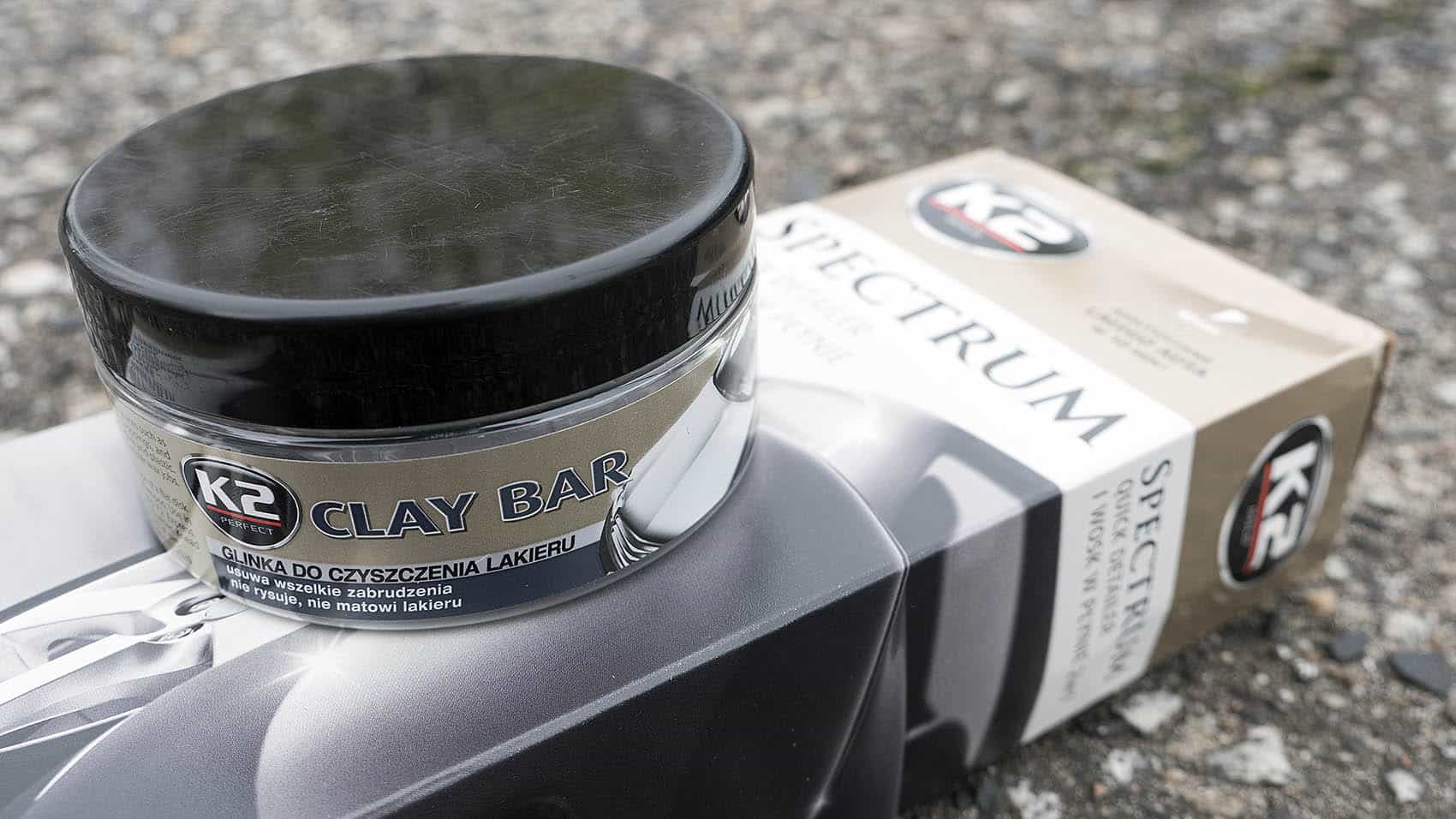

Articles
How To Store Clay Bar
Modified: January 6, 2024
Discover the proper way to store clay bar articles to ensure their longevity and maximum effectiveness. Follow these tips to keep your clay bars clean and ready for your next detailing project.
(Many of the links in this article redirect to a specific reviewed product. Your purchase of these products through affiliate links helps to generate commission for Storables.com, at no extra cost. Learn more)
Introduction
Welcome to our comprehensive guide on how to properly store clay bars. If you are an automotive enthusiast or a professional detailer, you are likely familiar with the immense benefits of using a clay bar to remove contamination from your vehicle’s paint surface. Clay bars are excellent tools for achieving a smooth and glossy finish, but proper storage is crucial to maintain their effectiveness.
Clay bars are made of a pliable material that easily picks up and traps contaminants, such as dirt, grime, and even microscopic particles that are embedded in the paint surface. These contaminants can create imperfections and dullness in the paint, affecting the overall appearance of your vehicle. Therefore, keeping your clay bars in optimal condition is essential for achieving outstanding results.
In this article, we will discuss the importance of proper clay bar storage and provide you with best practices to ensure the longevity and effectiveness of your clay bars. We will also guide you through a step-by-step process to safely store your clay bars, as well as offer some additional tips and advice to help you maintain their performance.
With the right storage techniques, you can extend the lifespan of your clay bars and preserve their ability to remove contaminants effectively, ensuring that your car’s paint surface remains flawless for years to come. So, without further ado, let’s dive into the world of clay bar storage and discover the best practices to keep your clay bars in top-notch condition!
Key Takeaways:
- Proper storage of clay bars is crucial for maintaining their effectiveness, preserving consistency, and prolonging their lifespan, ultimately ensuring flawless results in automotive detailing.
- By following best practices and additional tips, enthusiasts and professional detailers can keep their clay bars in optimal condition, saving money and showcasing professionalism in the industry.
Read more: How To Store Clay
Why is Proper Clay Bar Storage Important?
Proper clay bar storage is imperative to maintain the effectiveness and performance of your clay bars. Here are a few key reasons why it’s crucial to store your clay bars correctly:
Prolongs the Lifespan: Clay bars have a limited lifespan. By storing them properly, you can maximize their longevity and get more use out of each bar. This saves you money in the long run, as you won’t need to replace them as frequently.
Preserves Effectiveness: Clay bars are designed to remove surface contaminants from your car’s paint. However, if they are stored improperly, they can become less effective over time. Dust, dirt, and other particles can accumulate on the clay bar, diminishing its ability to pick up contaminants and resulting in subpar results.
Maintains Consistency: Consistency is crucial when using a clay bar. If the bar becomes too soft or too hard due to improper storage, it can be challenging to achieve the desired results. Properly stored clay bars will have the right texture and consistency, allowing for smooth and efficient cleaning of your vehicle’s paint surface.
Prevents Contamination: Storing your clay bars correctly helps to prevent cross-contamination. If clay bars are left exposed to the elements or stored with other cleaning products, they can pick up dirt or chemical residue. This can transfer onto your car’s paint surface and potentially cause damage or additional contamination.
Ensures Safety: Some clay bars can contain chemical ingredients that may react when exposed to extreme temperatures or improper storage conditions. By following proper storage practices, you can avoid any potential hazards and ensure your safety when using the clay bars.
Professional Image: If you are a professional detailer, storing your clay bars properly showcases your commitment to quality and professionalism. Clients will appreciate the attention to detail and the use of well-maintained tools, ultimately contributing to your reputation as a skilled and reliable detailer.
By understanding the importance of proper clay bar storage, you can ensure that your clay bars remain effective, consistent, and safe to use while extending their lifespan. Now, let’s move on to the best practices for storing clay bars.
Best Practices for Storing Clay Bars
Properly storing your clay bars is essential to maintain their effectiveness and prolong their lifespan. Here are some best practices to follow when storing your clay bars:
- Keep Them in their Original Packaging: Most clay bars come in a plastic container or packaging. It’s recommended to store the clay bars in their original packaging when not in use. This helps protect them from dust, debris, and other contaminants in the environment.
- Store in a Cool and Dry Place: Moisture and heat can adversely affect the texture and quality of clay bars. Therefore, store them in a cool and dry place, away from direct sunlight, extreme temperatures, and humidity. A dedicated storage cabinet or drawer can be an ideal spot.
- Use Airtight Containers: If the original packaging becomes damaged or lost, you can transfer the clay bars to airtight containers. Mason jars or sealable plastic containers are excellent options. Ensure that the containers are clean and free from any residue or contaminants.
- Avoid Contact with Chemicals: Keep your clay bars away from other cleaning products or chemicals. Chemicals can react with the clay material or leave residues that may compromise the bar’s effectiveness. Store them separately to prevent cross-contamination.
- Label and Date Containers: If you have multiple clay bars or different types, it’s helpful to label the containers to identify them easily. Additionally, you can also add the date of purchase or the date when the clay bar was first used. This allows you to keep track of their lifespan and know when it’s time for replacement.
- Avoid Dropping or Rough Handling: Clay bars are delicate and malleable. Dropping or rough handling can alter their texture and make them less effective. Always handle them with care and avoid excessive bending or squeezing.
- Frequently Inspect for Contamination: Regularly inspect your clay bars for any signs of contamination. If you notice visible dirt, debris, or discoloration on the surface, it’s time to replace the clay bar. Using contaminated clay bars can potentially scratch or damage your vehicle’s paint surface.
- Replace When Necessary: Even with proper storage, clay bars have a limited lifespan. Depending on the frequency of use and the level of contamination, you may need to replace them periodically. As a general rule of thumb, consider replacing the clay bar when it becomes too dirty or loses its effectiveness.
By following these best practices, you can ensure that your clay bars are stored in optimal conditions, maintaining their effectiveness and longevity. Now, let’s proceed to the step-by-step guide on storing clay bars.
After using a clay bar, store it in a sealed plastic bag to prevent it from drying out and becoming ineffective. Keep it in a cool, dry place away from direct sunlight.
Step-by-Step Guide to Storing Clay Bars
Properly storing clay bars is a simple process that can significantly impact their effectiveness and lifespan. Follow these step-by-step instructions to ensure that your clay bars are stored correctly:
- Clean and Dry: Before storing the clay bars, make sure they are clean and dry. Rinse off any dirt or residue from the surface of the clay bar using clean water. Pat them dry with a soft, lint-free cloth.
- Inspect for Contamination: Carefully inspect the clay bars for any signs of contamination. If you notice visible dirt particles or discoloration, it’s a good indication that the clay bar needs to be replaced rather than stored.
- Return to Original Packaging: If you still have the original packaging, place the clean and dry clay bar back into its container. Ensure that the bar is properly seated and secured to prevent any exposure to external contaminants.
- Seal in Airtight Containers: If the original packaging is damaged or lost, transfer the clay bars to airtight containers. Mason jars or sealable plastic containers work well for this purpose. Place each clay bar in a separate container to avoid cross-contamination.
- Label and Date Containers: To easily identify the clay bars, label each container with the type of clay bar and the date of purchase or first use. This helps you keep track of the lifespan of each bar and know when it’s time for replacement.
- Store in a Cool and Dry Place: Find a cool and dry spot to store your clay bars. Avoid places with excessive moisture, heat, or direct sunlight, as these can affect the texture and overall quality of the clay bars. A dedicated storage cabinet or drawer is ideal.
- Keep Away from Chemicals: Store your clay bars separately from any cleaning products or chemicals. Chemicals can react with the clay material or leave residues that may compromise the bar’s effectiveness. It’s essential to keep them in a clean and chemical-free environment.
- Regularly Check and Replace: Periodically check your stored clay bars for any signs of contamination or deterioration. If you notice any visible dirt or if the bar becomes less pliable or efficient, it’s time to replace it with a new one.
By following this step-by-step guide, you can ensure that your clay bars are stored properly, preserving their performance and extending their lifespan. With your clay bars safely stored, you’ll be ready to achieve that flawless finish on your vehicle’s paint surface whenever you need it.
Now, let’s move on to some additional tips and advice for clay bar storage to help you maintain their optimal condition.
Additional Tips and Advice for Clay Bar Storage
Proper storage of clay bars is essential for their longevity and effectiveness. Here are some additional tips and advice to help you maintain your clay bars in optimal condition:
- Avoid Extreme Temperatures: Extreme temperatures can cause the clay bars to harden or become too soft, affecting their usability. It’s best to store them in a place where the temperature remains consistent and within a moderate range.
- Use Silica Gel Packs: To help control moisture levels, consider adding silica gel packs or desiccant packets to the storage containers. These will help absorb any excess moisture and prevent the clay bars from becoming damp or sticky.
- Do Not Share Clay Bars: Avoid sharing clay bars between different vehicles. Each clay bar picks up contaminants specific to the vehicle it is used on, and using it on another vehicle may cause cross-contamination, potentially damaging the paint surface.
- Store in Ziplock Bags: If you prefer a more affordable alternative to airtight containers, you can store your clay bars in sealable ziplock bags. Make sure to squeeze out as much air as possible before sealing the bags to minimize oxidation and moisture exposure.
- Don’t Overwork the Clay: When using a clay bar, avoid applying excessive pressure or working on large areas without kneading or folding the clay bar regularly. Overworking the clay can cause it to become ineffective and less responsive.
- Keep Away from Children and Pets: Ensure that your stored clay bars are kept out of reach of children and pets. Clay bars are not toys and should be handled with care. Ingesting or mishandling clay bars can lead to health hazards.
- Replace Storage Containers When Needed: Over time, storage containers may become worn out or lose their seal. If you notice any deterioration or damage to the containers, replace them to ensure a proper storage environment for your clay bars.
- Seek Professional Advice: If you have any specific concerns or questions about clay bar storage, consult with professional detailers or experts in the field. They can provide personalized advice based on their expertise and experience.
By following these additional tips and advice, you can maintain your clay bars in excellent condition, ensuring optimal performance and longevity. Remember, proper storage is key to getting the most out of your clay bars and achieving a flawless finish on your vehicle’s paint surface.
With these best practices and additional tips in mind, you are well-equipped to store your clay bars properly. Now go ahead and implement these techniques to keep your clay bars in top-notch condition!
If you have any questions or concerns, feel free to reach out to us or consult with a professional detailer for further guidance. Happy detailing!
Note: HTML encoding is provided above for demonstration purposes. The actual output will not contain the HTML encoding.
Read more: How To Store Pottery Clay
Conclusion
Proper storage of clay bars is vital for maintaining their effectiveness and extending their lifespan. By following the best practices outlined in this guide, you can ensure that your clay bars remain in optimal condition, ready to deliver a flawless finish to your vehicle’s paint surface.
We have discussed the importance of proper clay bar storage, including why it matters and the benefits it provides. Storing clay bars correctly prolongs their lifespan, preserves their effectiveness, and maintains consistency in achieving outstanding results.
Throughout this article, we provided step-by-step guidance on storing your clay bars, emphasizing the importance of cleanliness, using airtight containers, and keeping them in a cool and dry place. We also highlighted the significance of avoiding contact with chemicals, inspecting for contamination, and replacing clay bars when necessary.
Additionally, we shared some additional tips and advice, such as controlling moisture levels with silica gel packs, not sharing clay bars between vehicles, and using sealable ziplock bags as an alternative storage option. We also reminded you to handle clay bars with care, keep them away from children and pets, and seek professional advice when needed.
By implementing these practices and tips, you can ensure that your clay bars are always ready for use, providing you with the best possible results in your detailing endeavors. Proper storage not only saves you money by extending the lifespan of your clay bars but also solidifies your professional image and reputation in the automotive detailing industry.
Remember, regular inspection and replacement of clay bars, as well as following the manufacturer’s instructions, are essential for optimal results. Stay mindful of the condition of your clay bars and replace them if necessary.
Thank you for reading our comprehensive guide on how to store clay bars. We hope that the information provided here will help you maintain your clay bars in top-notch condition, prolong their effectiveness, and bring out the true shine and beauty of your vehicle’s paint surface.
Now, armed with the knowledge of proper clay bar storage, go ahead and implement these techniques to keep your clay bars ready for all your detailing needs. Happy detailing!
Note: HTML encoding is provided above for demonstration purposes. The actual output will not contain the HTML encoding.
Frequently Asked Questions about How To Store Clay Bar
Was this page helpful?
At Storables.com, we guarantee accurate and reliable information. Our content, validated by Expert Board Contributors, is crafted following stringent Editorial Policies. We're committed to providing you with well-researched, expert-backed insights for all your informational needs.
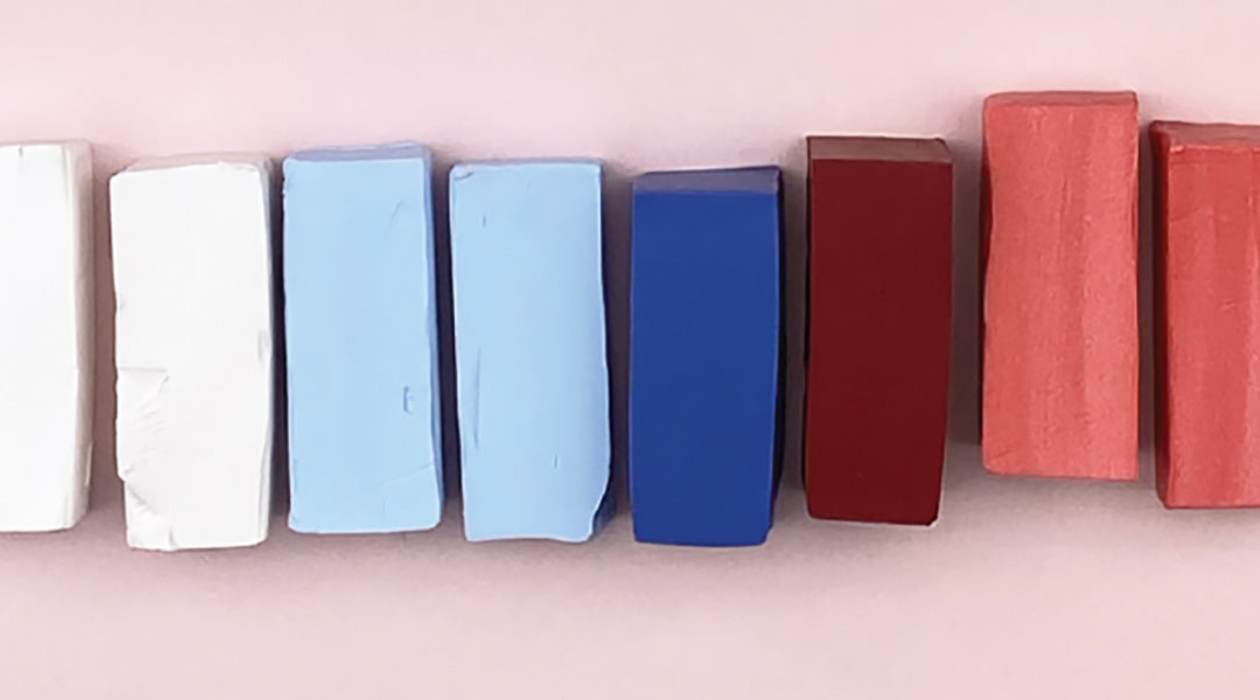
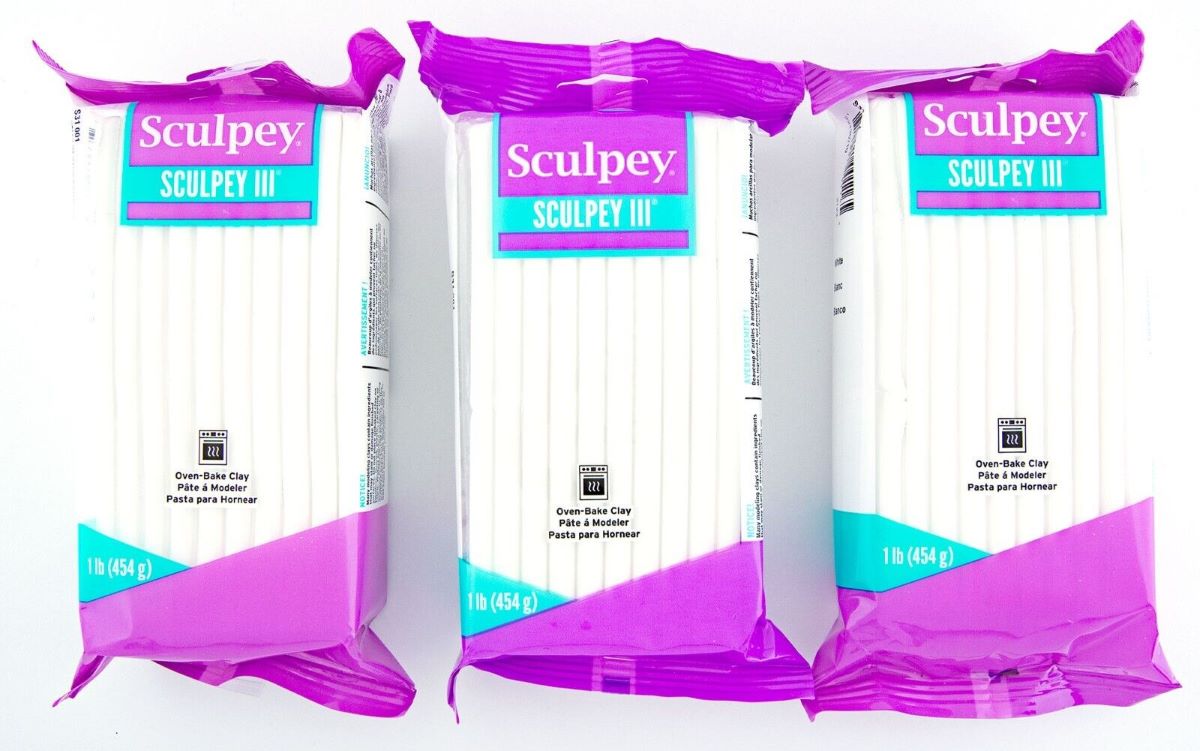
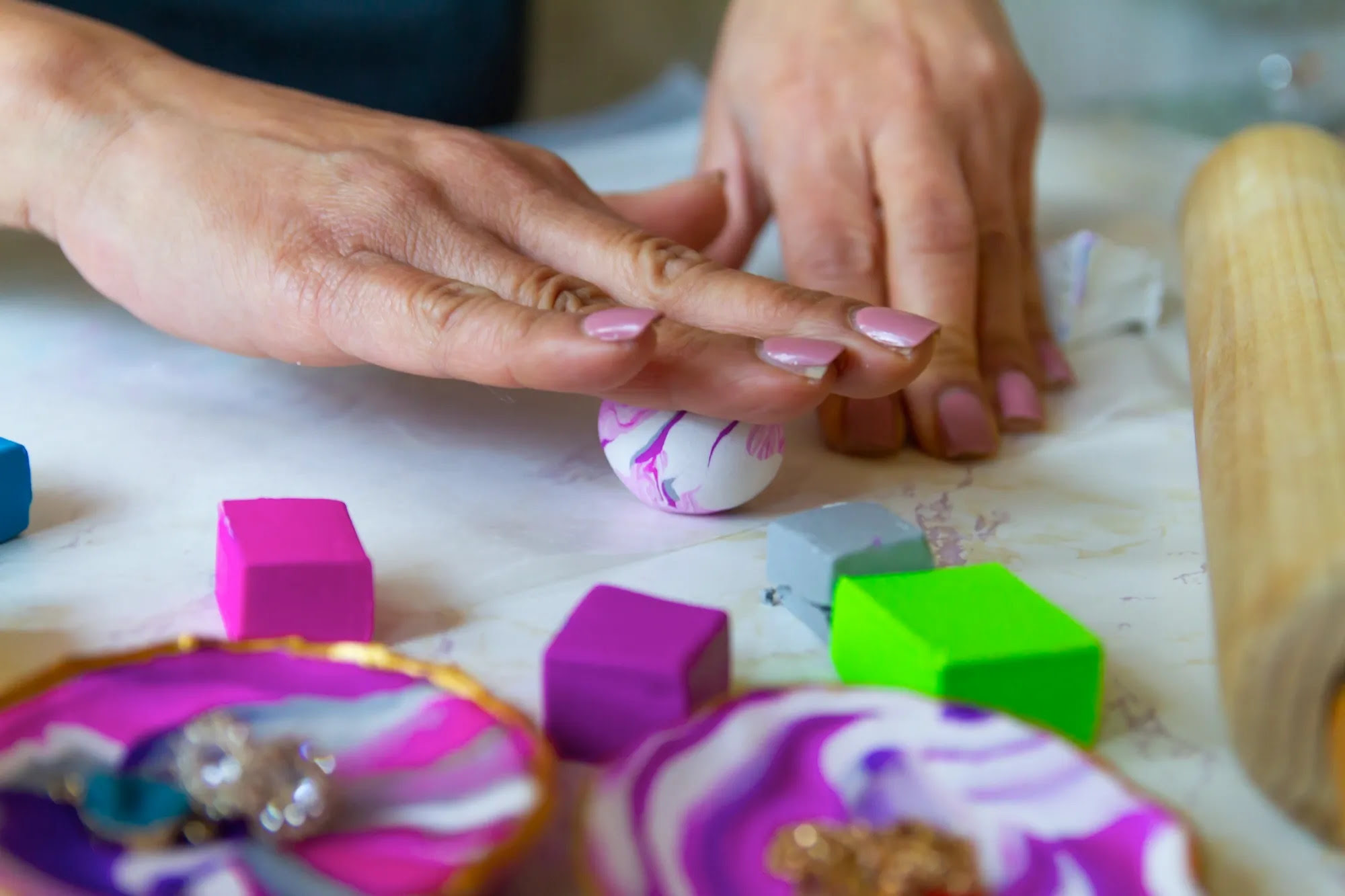
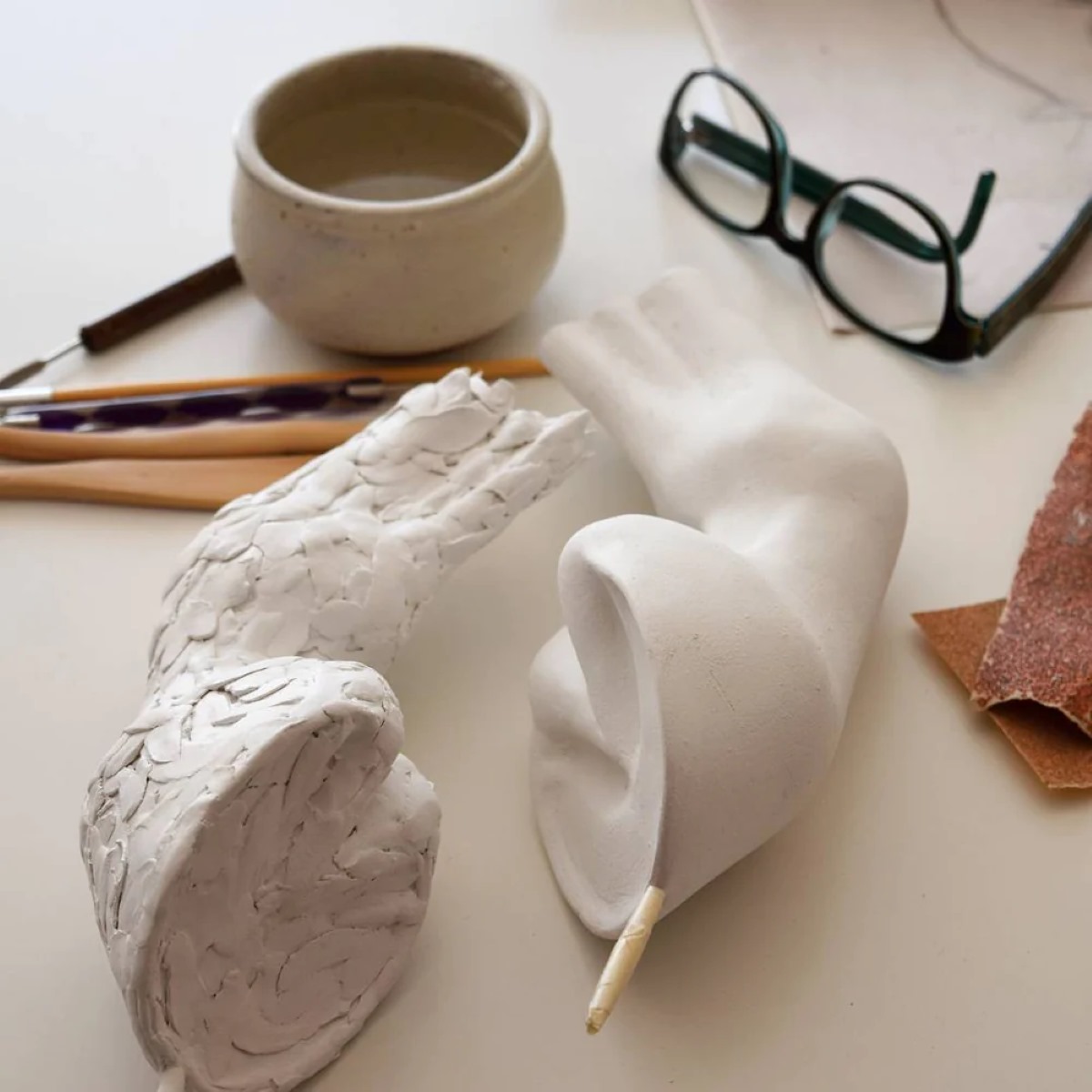
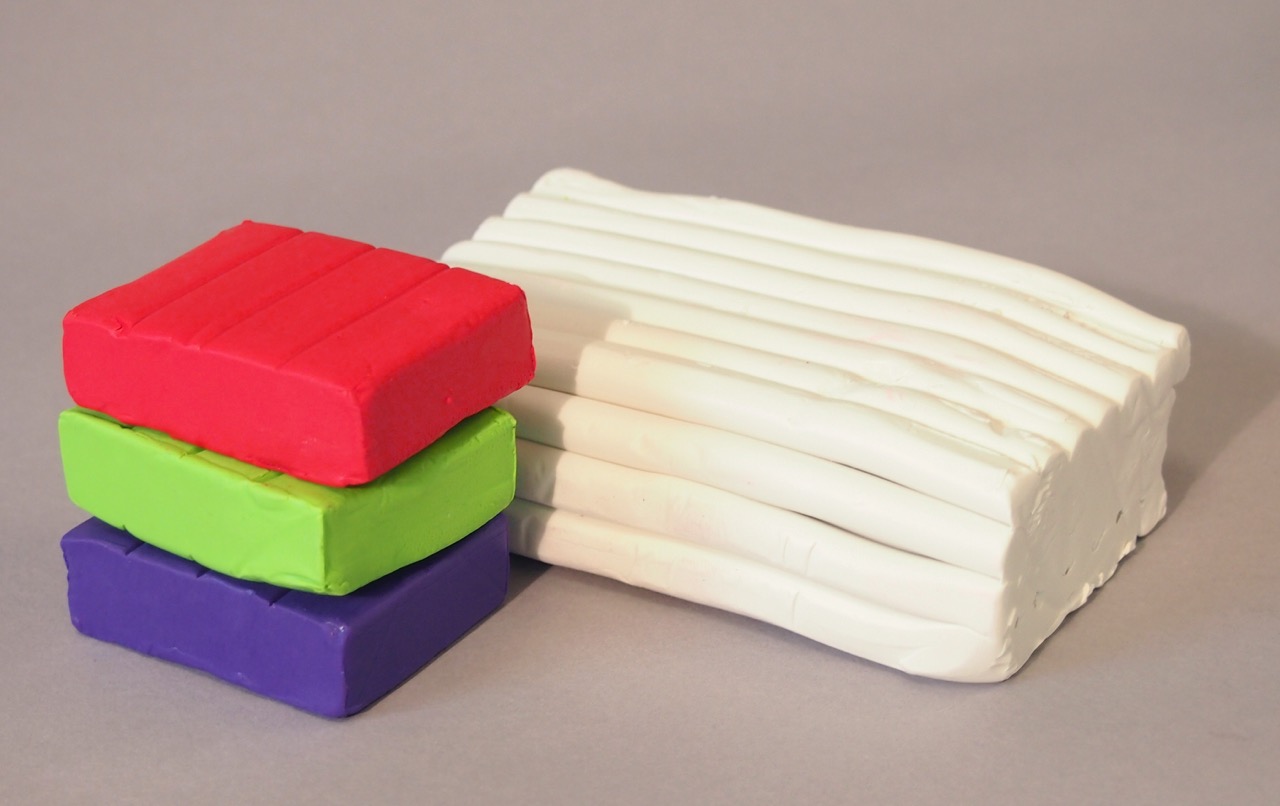
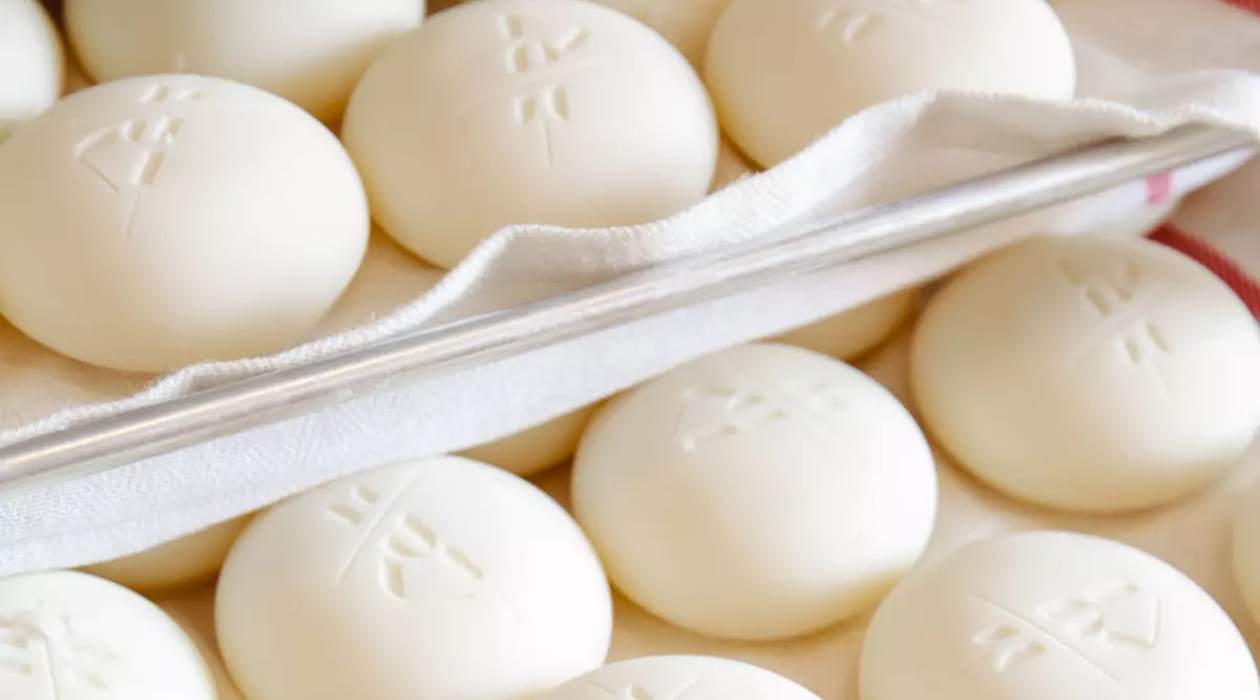
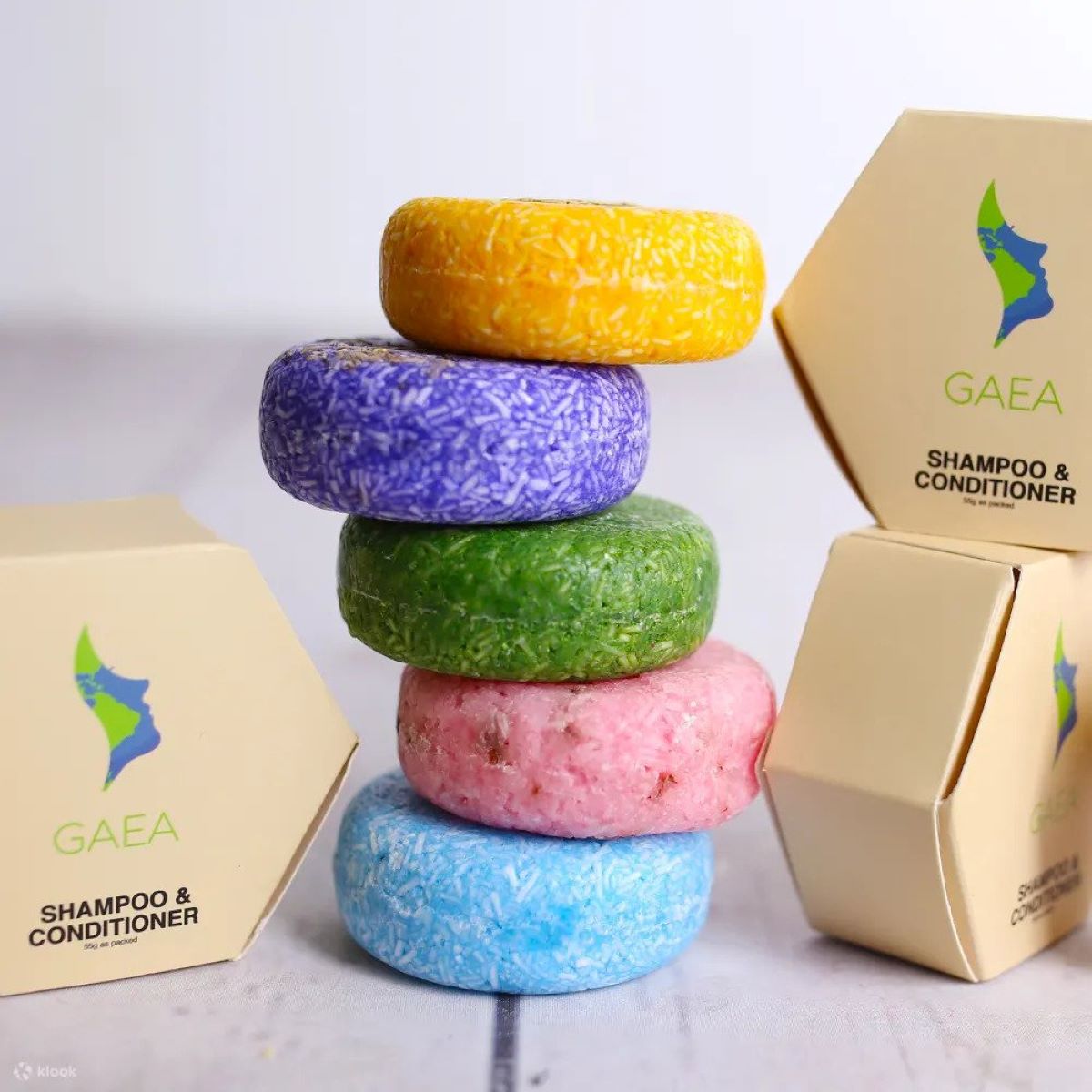

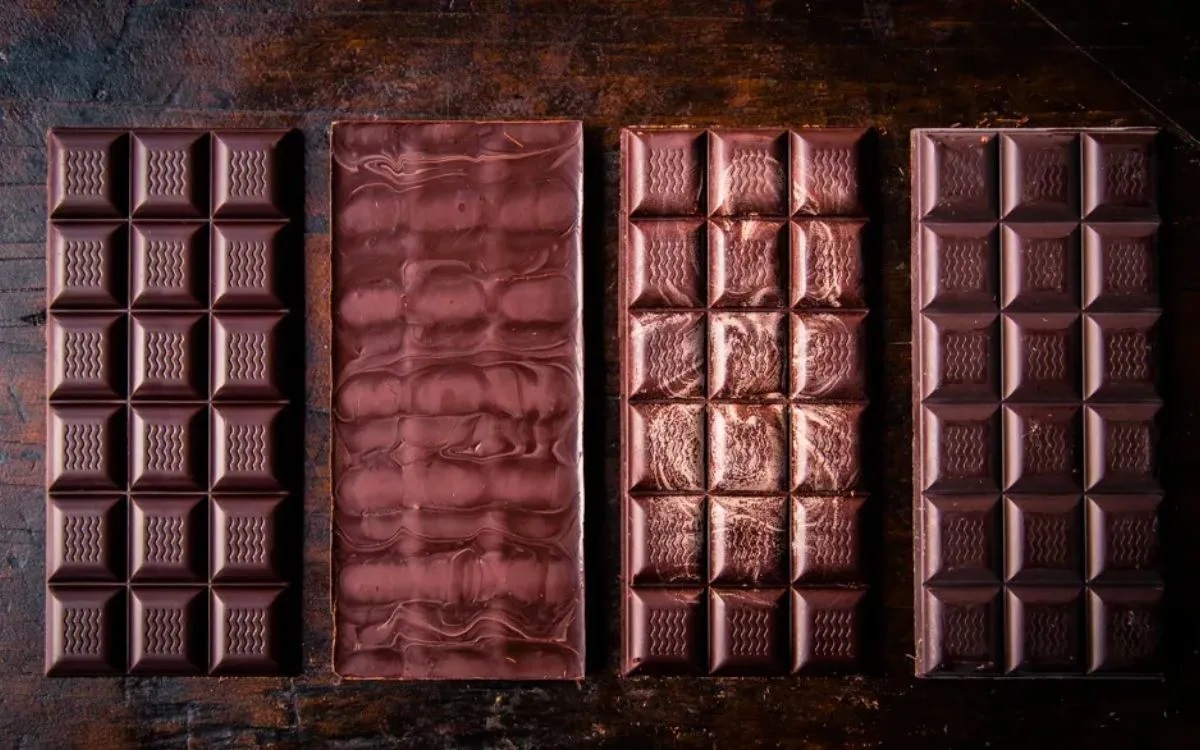
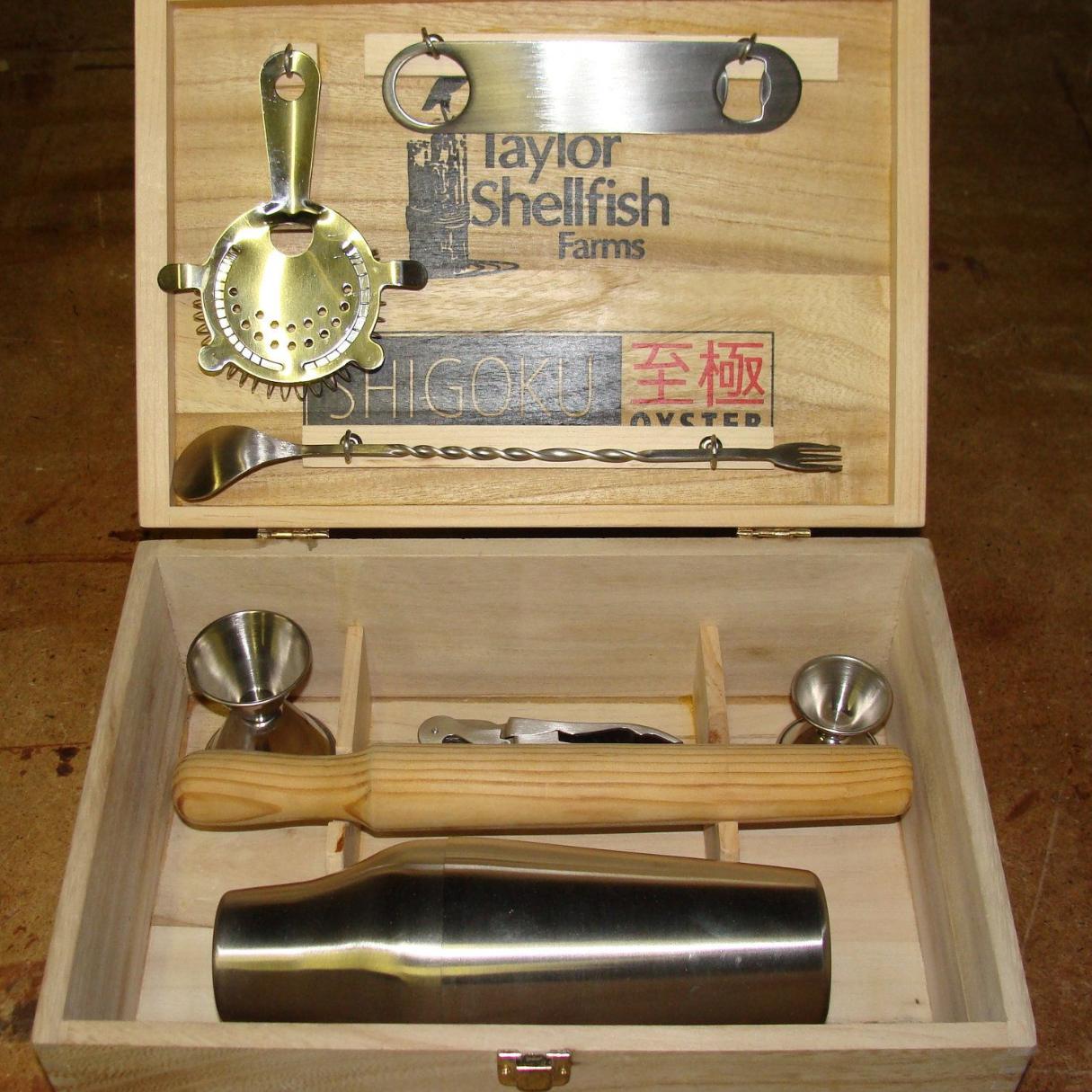
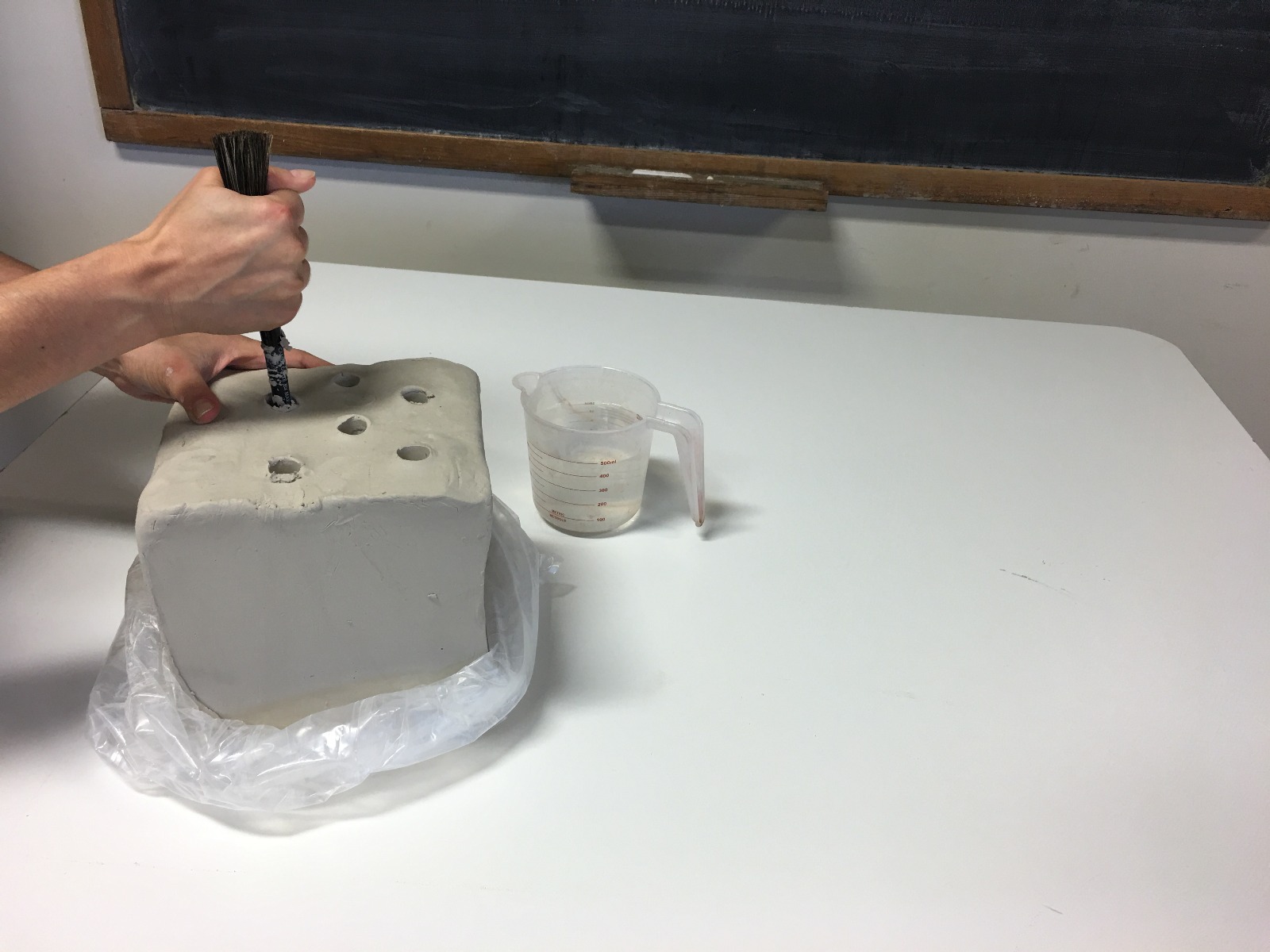

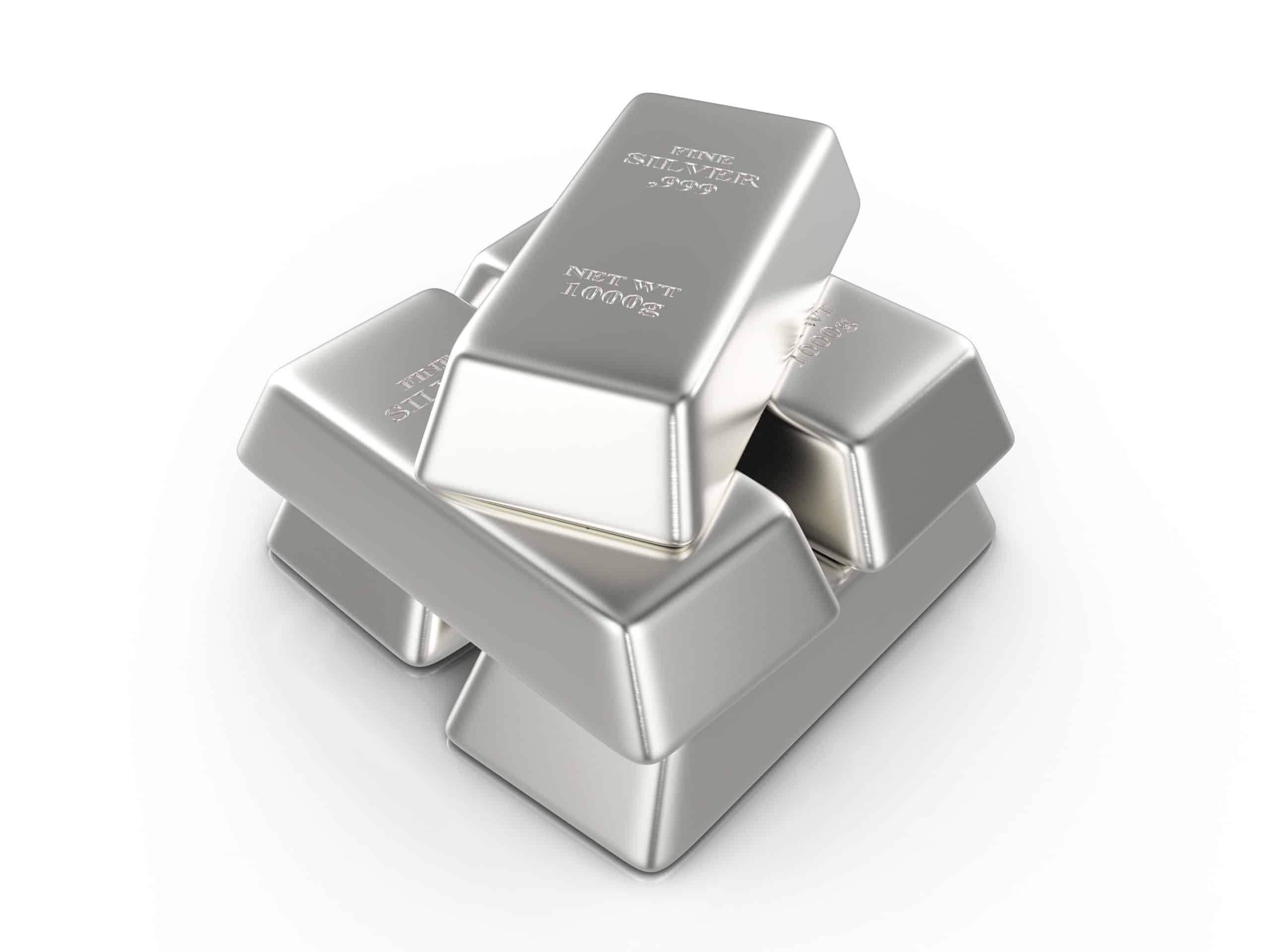
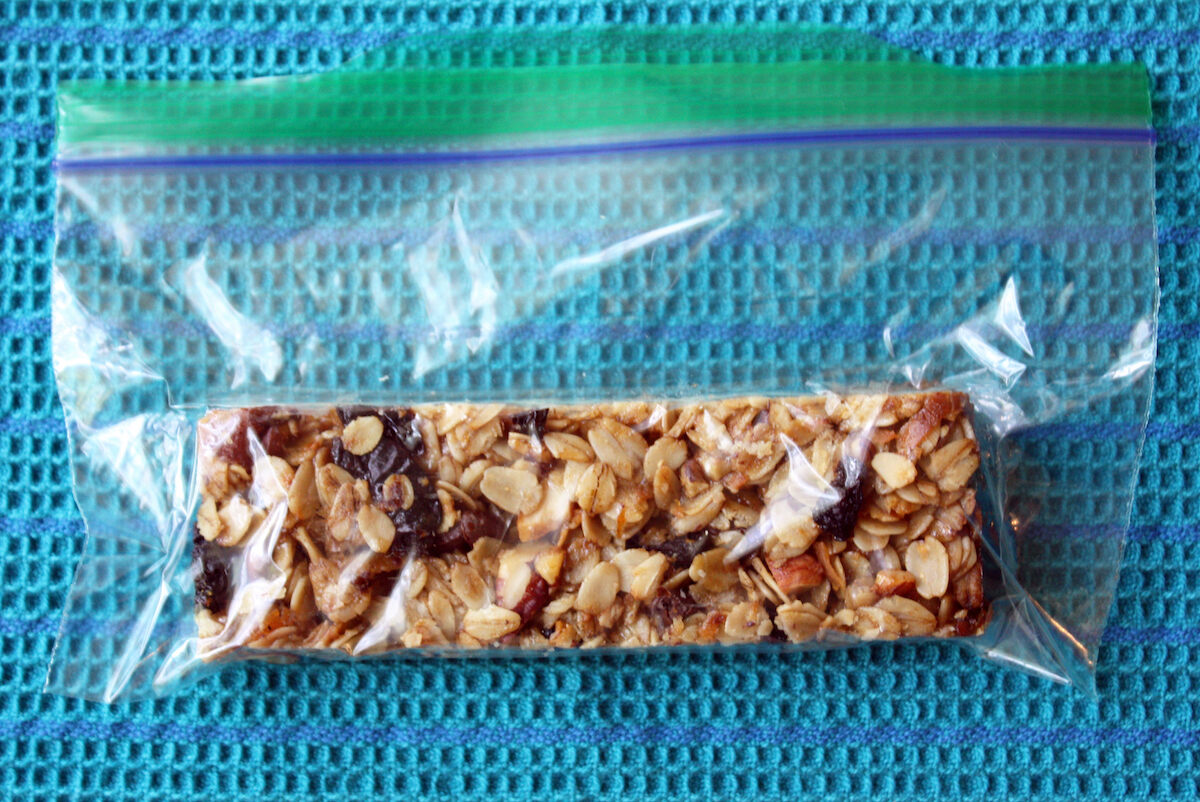

0 thoughts on “How To Store Clay Bar”